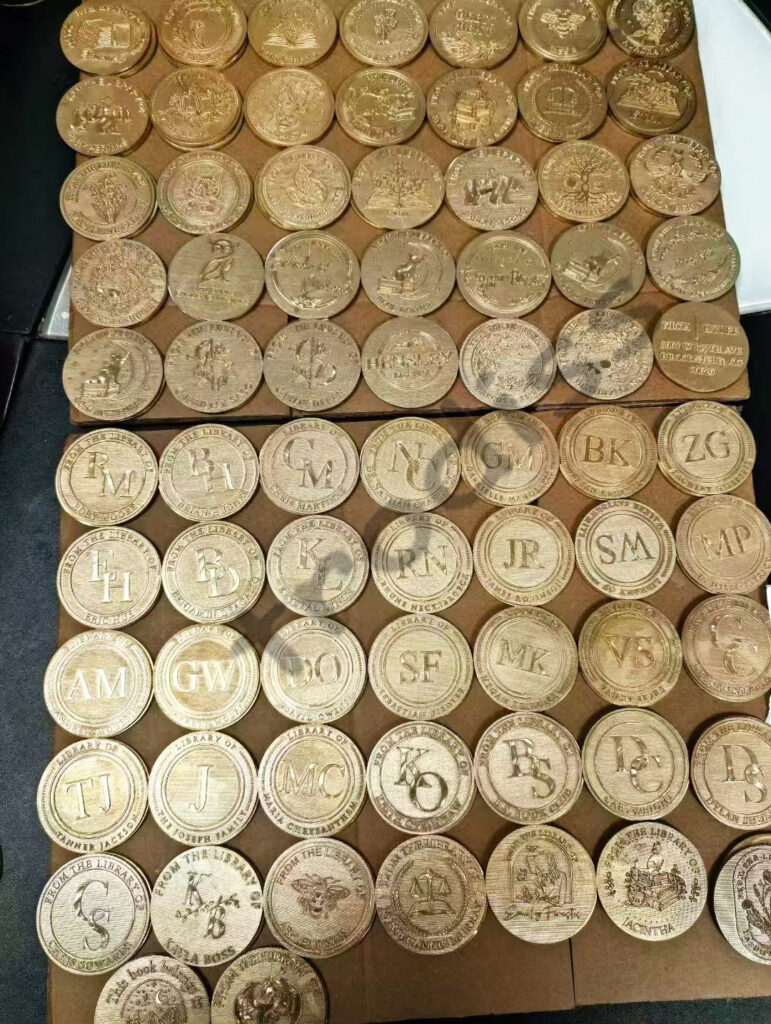Making Paper Pop: The Magic of Embossing
Ever run your fingers over a hardcover book? Those raised lines you feel, or the embossing seal on a marriage certificate – they aren’t drawn.

Ever run your fingers over a hardcover book? Those raised lines you feel, or the embossing seal on a marriage certificate – they aren’t drawn. They’re created by a special printing technique called embossing (or sometimes debossing). Think of it like a sculptor for paper, turning a flat surface into something 3D you can touch.
The Magic of Pressure
The easiest way to understand embossing is to look at an embossing stamp on a certificate. That clear indentation? That’s embossing in action. It doesn’t use ink – it uses pure pressure to create raised or sunken shapes in the paper.
How It Works (Simply):
It’s like a gentle conquest of the paper. The controlled pressure shapes the paper without tearing it, creating a stable, raised design.

From Design to Touch: Making an Embossed Piece
Creating embossed artwork needs both good design and careful skill:
Why It’s Cool: Uses and Looks
Embossing is loved for its pure tactile feel (how it feels to touch) and how it works with other techniques:
The Takeaway:
Embossing is way more than just decoration. It’s like a quiet artist using heavy metal molds and powerful custom embossing seals as its tools. On the simple “stage” of paper, it creates touchable, 3D stories.
When your fingers trace those carefully pressed lines – whether deep or shallow, plain paper or shimmering with foil – you feel more than just skilled craftsmanship. You feel the magic of turning something flat into a multi-dimensional experience.
In our busy digital world, embossing reminds us: Real texture is worth seeing, touching, and remembering.
Ever run your fingers over a hardcover book? Those raised lines you feel, or the embossing seal on a marriage certificate – they aren’t drawn.
Traditionally, Embossing stamps are the guardians of the authority of company documents and contracts. Their clear and hard-to-replicate physical imprints symbolize commitment and trust. However,
There are many professional embosser manufacturers in China. However, finding the right embossing stamp supplier in China is often very difficult. There are numerous Chinese
Imagine that every book lover uses a personal book embosser to emboss a beautiful image on a book, letting everyone who reads it know that
Our custom logo stamps are the highest quality. They stamp on your products clearly for the most visible perfect stamp. Our custom logo machines are the ultimate keepsake you can cherish forever.
Hot Tags
Hot Stamping Machines
Embossing Seals
Wax Seal Stamps
Keep in Touch
Annabelle Lee
Email: annabelle@trodiss.com
Add.: Room 1602, Block D, First International Business Building, Nancheng, Dongguan City, Guangdong Province, China.
Copyright © 2005-2025 Trodiss Group. All rights reserved